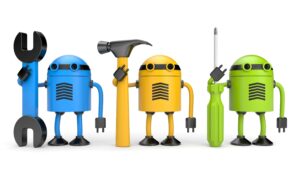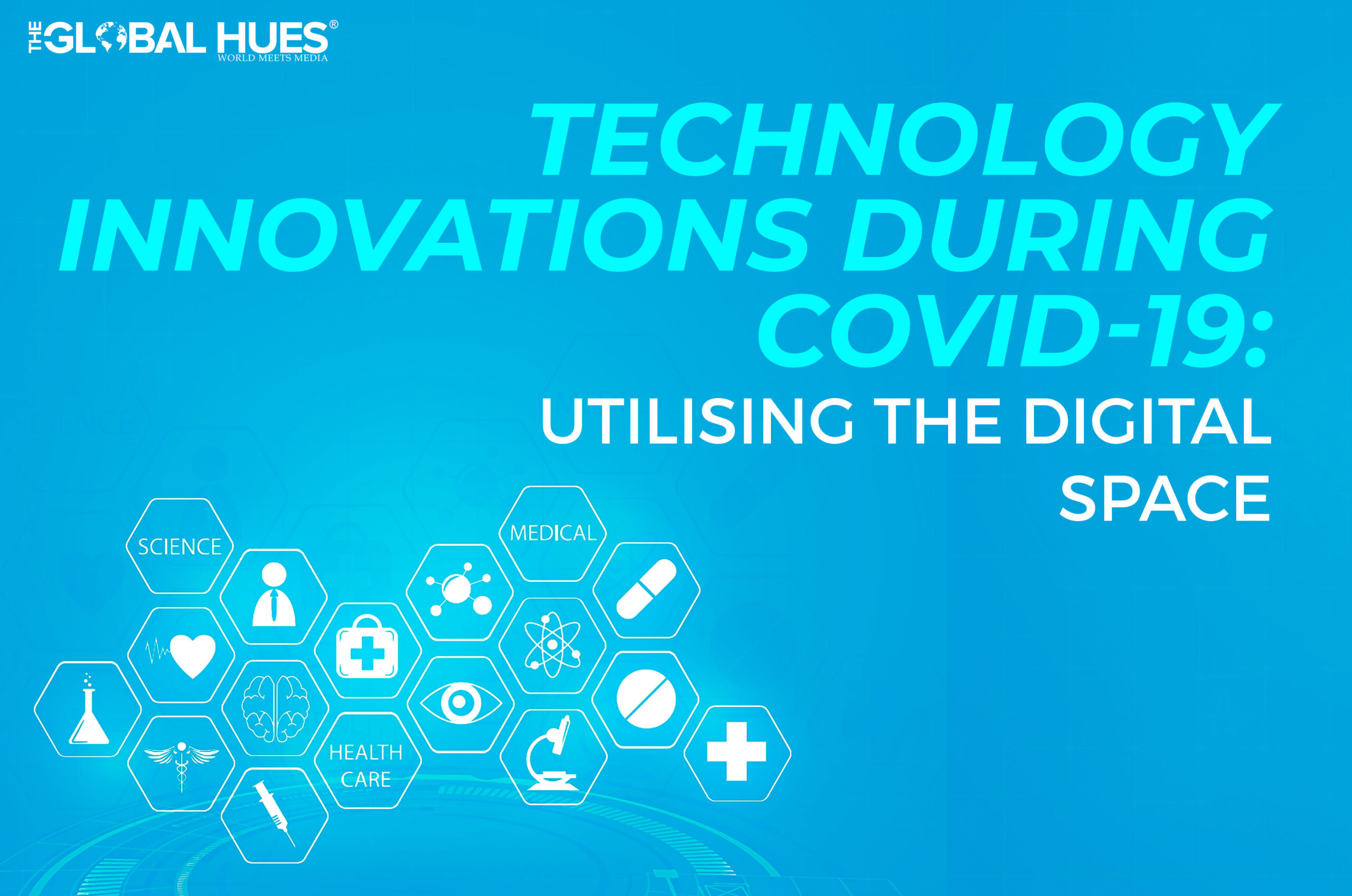Technology is driving innovation and creativity. Technology and how we utilize it is going to determine our ability to compete with the pandemic.
As we all face challenges during this global pandemic, it is making us think about the kind of roles technology plays. It is not only helping us to be productive as we deal with the pandemic but it is also helping us to stay more connected in a global economy. The first thing we recognized after the beginning of the pandemic is that the world has become increasingly digital. Facing the realities of working from home and social distancing but at the same time trying to be productive and connected to people through technology has given us an incredible leap forward to technology adoption.
Required digital tools and Recognizing the technology
We are counting on digital tools to stay connected not only with those across the globe but even with those that live in our neighborhood. Wireless mobile technologies are more crucial now than ever, from collecting data to going ahead or helping us identify and attack problems related to COVID-19 or redeploying resources in the supply chain, we need this communications infrastructure to keep us connected, and informed.
We can continue forming relationships with businesses across geographic boundaries that bring us all under the same roof. The time has passed when we were able to go ahead and focus on face-to-face communication, over this period we have adopted ways to develop digitally. While this pandemic has so many negative implications, we do see technology helping us not only in coping with changes that are taking place but also, in giving us new and innovative ways to create, collaborate and carry on.
Technology wizards discovering the limits of the possibilities to go beyond the impossible.
New rules for activities in the world have irrevocably changed in the wake of COVID-19. As the world continues to wrestle with coronavirus, technology wizards across the globe rose to the occasion and joined the effort to battle against the pandemic. Engineers and technologists are at the vanguard of working to alleviate the consequences of this lethal virus. They are devising technologies to limit the spread of the virus either by searching for ways to kill the virus or reducing the point of contact between people.
Innovators had a choice to be part of critiquing or take the opportunity to be on the front. Many innovators came up with ideas of prototyping face shields, hands-free door pulls, educating caregivers on what to look for, how to prevent it, and what steps should be implemented, conversion of carbon dioxide into ethyl alcohol for making sanitizers, raising funds for the pandemic over the internet and so forth.
With the sudden lack of access to the world and eliminated access to each other, there is a magical opportunity for all the technical specialists to build empathy towards what it means to face the limitations and drastic changes in our lifestyles. The pandemic has shown one and all how connected the world is, the world is a big family where someone else’s problem does affect all of us.
Everyone is wearing multiple hats just focused on one mission, which is powerful and important. A lot has happened in the past and is still happening but innovators are busy building a brighter future that will never change. Nothing is permanent, everything we do changes the future which is directly proportional to our ability to understand, adapt and integrate new technology into our work.

Image Credits: Tech Crunch
It always seems impossible until it’s done, here is a list of COVID combatting technological innovations:
Room Disinfection Robots
A disinfecting robot emits high-frequency ultraviolet light that penetrates through cell membranes and destroys the DNA and RNA structures of any microorganism which makes it a perfect weapon against pathogens like the coronavirus within 10-15 minutes, which can linger on surfaces and infect anyone who comes in contact with them. The robot autonomously navigates hospital corridors and rooms using pre-mapped layouts; an operator can direct the robot into a contaminated room and run the disinfection program. One ultraviolet treatment from the robot can eliminate up to 99.99 percent of all bacteria in a room.
Active Ventilation Filter
Building ventilation and cooling systems can pick up coronavirus particles expelled by infected people and spread them widely through indoor spaces, keeping that in mind a new-age filter has been developed. It uses a heated filter made of nickel foam, the filter is encased in a fire retardant frame and uses heat and ultraviolet C lights to catch and kill 99.8 percent of the coronavirus microbes as well as bacteria and anthrax spores. While the filter is heated to high temperatures it does not heat the air passing through it.
Delivery Robots
We are still years away from developing flying delivery drones and fully self-driving cars but engineers developed a ground-based delivery vehicle moving at pedestrian speed. The battery-powered robot on wheels can travel along city sidewalks at around four miles per hour and is capable of identifying and avoiding pedestrians and other obstructions. Delivery services like food, groceries, or other essential items can be put inside an insulated compartment in the robot and the robot manages the rest of the activities. It’s a perfect way to conduct contactless deliveries.
Open Source Plans for Printed Face Shields
During the early stages of the global pandemic many doctors and nurses lacked sufficient personal protective equipment, technology innovators created an open-source design that enables makers to produce the protective gear and reduce the supply chain bottleneck. The face shield takes about 20 minutes to print using a three-dimensional printer.
Automated Health Checkpoint KIOSK
As businesses reopen company owners are worried about sick workers spreading COVID-19. Some employers have temperature checkpoints in the front lobby but those screenings are often time-consuming, creating lines to enter the building that could in some cases help spread the virus. The KIOSK system automatically takes a person’s temperature and also uses facial recognition technology to check if they are wearing a face mask.
Contactless Sanitization
Contactless sanitizer dispensers have risen in demand, government and private sectors have equipped themselves with these devices. This device utilizes a touch-free mechanism to sanitize hands, it is highly efficient in doing so by using a low flow mist nozzle which provides a full cone of spray on both hands and is automatically activated when hands are put below it with an ultrasonic sensor.
Humanoid Robots
Due to the shortage of personal protective equipment and increasing numbers of health workers being infected by the virus, hospitals and care centers are deploying more robots that enable doctors to monitor the patients without personal contact. It helps in reducing the transmission of the disease. Medical professionals can control the robot and move it anywhere accordingly, dial in and talk to the patients. It is a telemedicine robot that can do various other tasks.
Partition in Cabs
It is an effective measure to ensure the safety of passengers and drivers. The fiberglass or polycarbonate screen in double chamber cars separates the driver and passengers, it can be fixed in various ways, one way is separating the front and back rows another way is separating the driver’s seat from the remaining seats.
Also Read:
- Financial Technology: The Future Has Arrived
- Did You Know These Interesting Things About AI Technology?
- Key To Innovation: The Power Of Artificial Intelligence
- Innovations In Live Learning: Rise Of New Ed-Tech
- India’s Space Sector: On Track To A $100 Billion Industry By 2040
- UPI Going Global: Uniting Payments Worldwide
- Cyber Security Summit 2023: Empowering Leaders In The Digital Age
- 7 Ways That Modern Technology Is Shaping Our World
- Using Technology To Streamline Your Business



